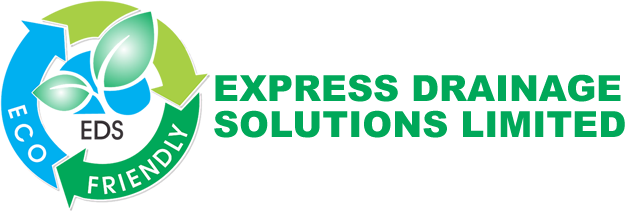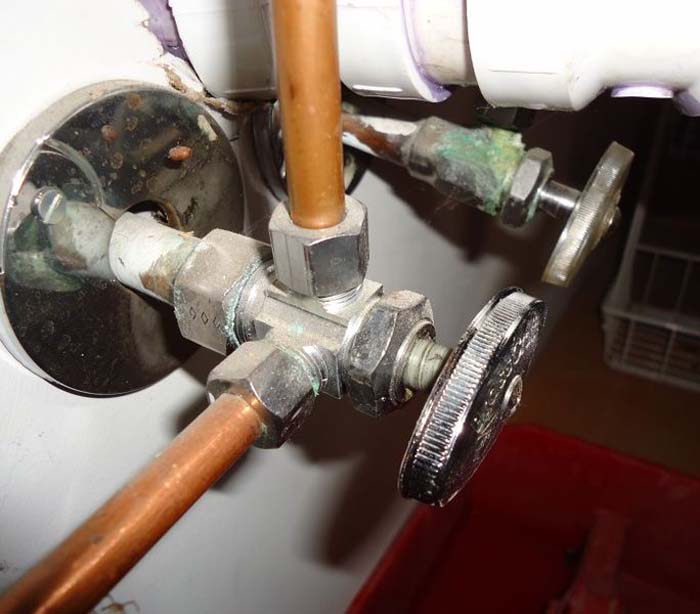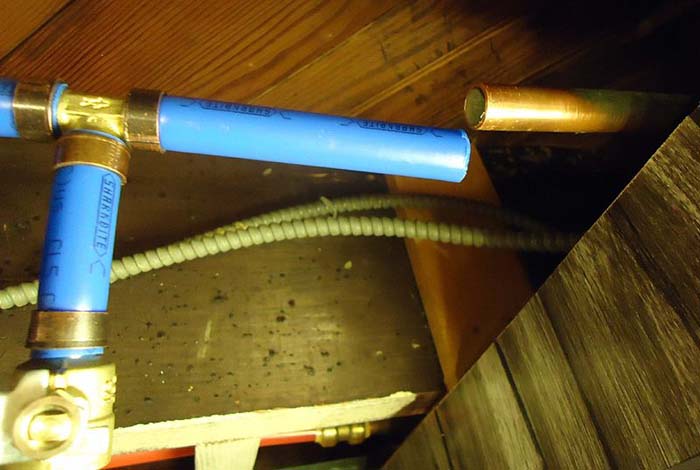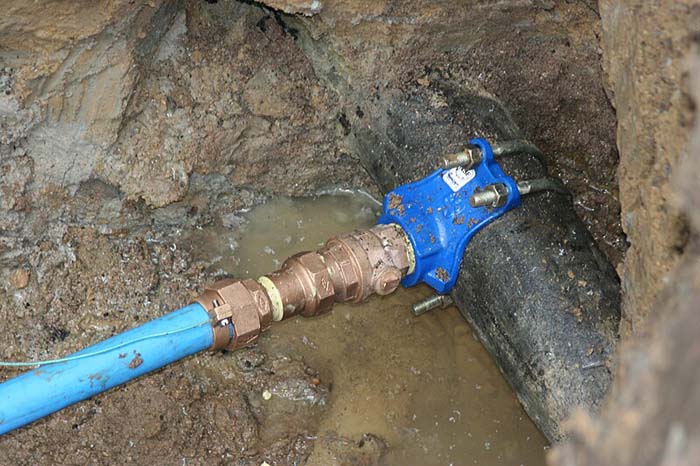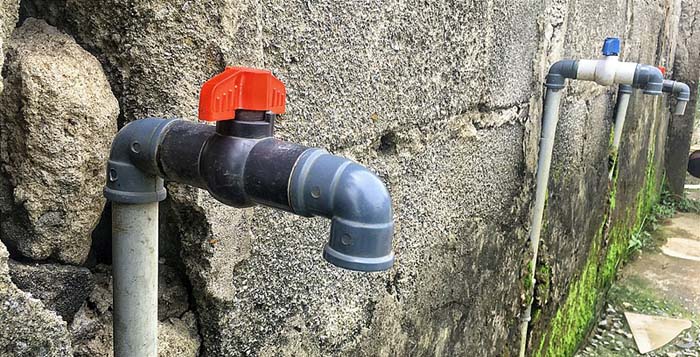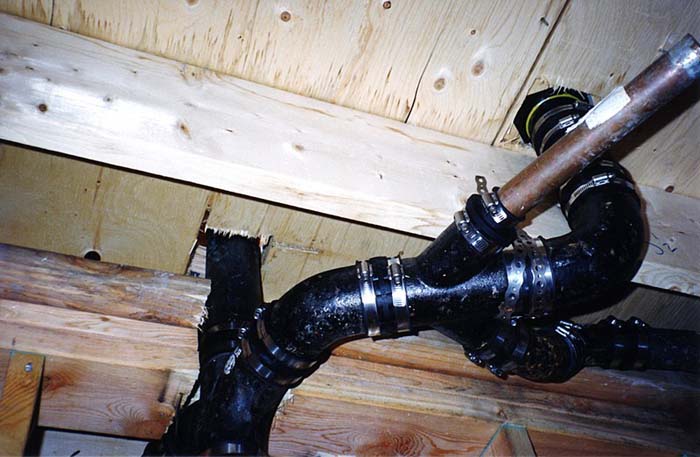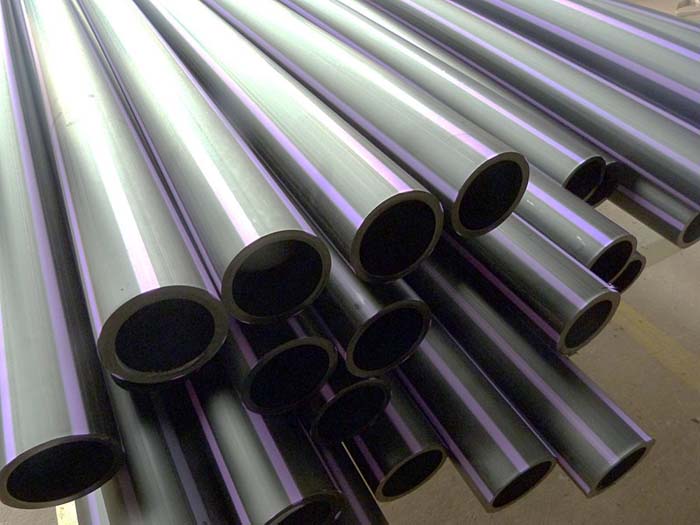
Personal preferences, local building codes, and the nature of the intended use are among the many considerations when deciding between polyvinyl chloride (PVC) and cross-linked polyethylene (PEX) for a main water line.
Important aspects of each material to use for the main water line:
PEX (cross-linked polyethylene)
The addition of cross-links to regular polyethylene makes PEX a more versatile and long-lasting material. Cross-linked polyethylene is widely utilized in many industries that rely on dependable water delivery systems. This includes HVAC systems, plumbing, and radiant heating and cooling. There are important things to remember regarding cross-linked polyethylene (PEX).
Properties of PEX:
- Noise Reduction
When water runs through PEX pipes, there is less noise associated with water hammers and other flow-related disturbances compared to metal pipes.
- Durability
It has a longer lifespan than more conventional materials like galvanized steel and copper because it does not react with chlorine, scale, or corrode.
This material is ideal for use in both cold and hot water supply lines due to its resistance to a broad range of pressures and temperatures.
- Low Thermal Conductivity
Because it is less thermally conductive than metals, it reduces the amount of heat in hot water lines and effectively cools down cold water lines.
- Chemical Resistance
With its resistance to acids and alkalis, among other water-based chemicals, PEX will not deteriorate or leach any dangerous substances with time.
- Simple Installation
Because of its low weight, the material is easier to install and requires fewer connections and fittings.
Push fittings, clamping, and crimping are just a few of the connection methods that you can use to install it, giving you a lot of freedom.
- Flexibility
PEX’s exceptional pliability eliminates the need for a plethora of fittings. This allows for effortless routing around tight spaces and obstructions. This adaptability lessens the likelihood of leaks at junctions and streamlines installation.
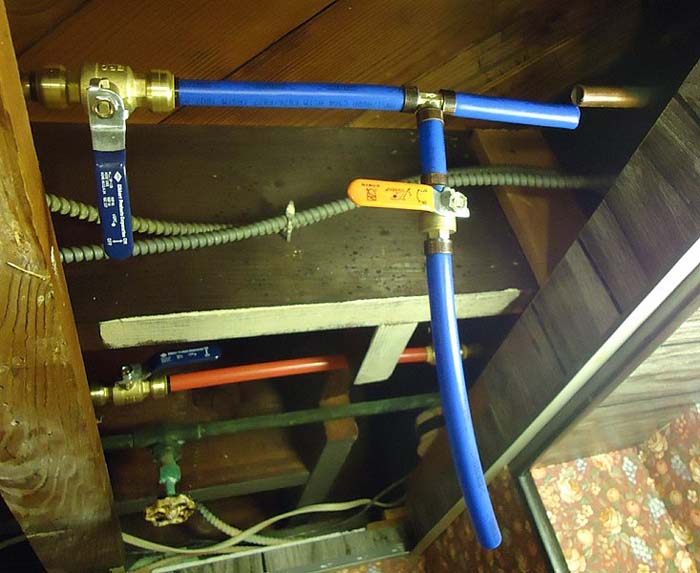
- Thermal Expansion
Its ability to withstand expansion and contraction without splitting or cracking makes it an ideal material for regions experiencing extreme fluctuations in temperature.
Considerations for Using PEX in Main Water Lines:
- Oxygen Barrier
To avoid corrosion of metal components due to oxygen penetrating the tubing, PEX-A or PEX-B with an oxygen barrier may be required for some applications, such as heating systems.
- Damage from Rodents
Mice and rats can gnaw through PEX pipes and cause damage. This risk can be reduced by employing appropriate installation procedures and taking necessary precautions.
- Cost
While cross-linked polyethylene (PEX) is often less expensive than copper, the savings could be nullified by the need for specialized fittings and tools. Nonetheless, owing to decreased manpower, overall installation costs are usually lower.
- Connections and Fittings
Though PEX lasts a long time, a system’s stability is dependent on high-quality fittings and connections that are installed correctly. A poorly executed installation may cause breakdowns and leaks.
- Ultraviolet Light Sensitivity
UV radiation can break down PEX if left exposed for too long. Avoid using it in places that get direct sunlight, or make sure to cover it if you must use it outdoors.
- Code Compliance
Before using PEX, check that it satisfies all local building standards and codes. In some areas, there may be restrictions and requirements that limit its use.
PVC (polyvinyl chloride)
Properties of PVC (Polyvinyl Chloride)
The beneficial qualities of polyvinyl chloride (PVC) make it a popular material for the main water line. The following are some of the key characteristics that make PVC an ideal material for this task:
- Compared to other polymers, PVC has a smaller production impact and is recyclable.
- PVC retains water quality and lasts a long time since it is chemically resistant and unaffected by most water treatment agents.
- It has the rigidity and mechanical strength to resist both the external load and the internal pressure of flowing water.
- Low weight makes these pipes easy to work with and set up. Transportation costs have also decreased.
- PVC’s material and installation costs are lower than those of other materials, such as metal.
- Its poor thermal conductivity makes it ideal for use with hot water. This is because it prevents heat loss and eliminates condensation when used with cold water.
- Because PVC pipes have a smooth inside surface, less friction means less energy is lost and more efficient water flow.
- Cut, join, and install PVC pipes with ease using solvent cementing, rubber ring joints, or any of the other jointing methods available.
- A cost-effective choice for water infrastructure, PVC pipes come with a lengthy service life—often surpassing 50 years.
- The pipes have the ability to bend under pressure, making them useful in locations where the ground can shift due to events like heavy traffic roads or earthquakes.
- It is perfect for water transportation because it can withstand exposure to a wide range of chemicals without corroding, regardless of the pH of the surrounding water.
Applications in Main Water Line
- Drainage and Sewage
Drainage and sewer systems also make use of PVC because of its longevity and resistance to chemical and biological deterioration.
- Industrial Water Systems
Because of its exceptional chemical resistance, PVC finds widespread industrial application as a solvent and chemical transport medium.
- Irrigation Systems
In order to distribute water efficiently, the pipes are extensively employed in agricultural applications.
- Distribution of Potable Water
PVC’s non-toxic and health and safety-compliant properties make it an ideal material for use as a drinking water transporter in municipal water systems.
Key Considerations:
Water Quality
Because of their potential impact on pipe performance and longevity, water quality and chemical composition warrant consideration.
Exposure to Sunlight
If properly protected from UV rays, PVC could be a better choice for outdoor installations that are exposed to sunlight.
Installation Complexity
It may be easier to work with PEX if the installation involves a lot of turns and bends.
Climate
Because of its pliability and resistance to freezing, PEX could be a preferable choice in regions where temperatures drop below freezing.
How long does PEX last?
Pipes made of PEX are very durable and long-lasting. When maintained properly, PEX pipes have a lifespan of 40–50 years, and sometimes even longer. Several factors can influence the actual lifespan of PEX pipes, including:
- Water Quality
It is possible that chemical additions or water with a high mineral concentration can shorten the PEX’s lifespan.
- Exposure to Ultraviolet Light
Over time, sunshine can weaken PEX pipes. When used outdoors, it is especially important to keep it out of the sun.
- Quality of Installation
The lifespan of PEX piping can be greatly increased with the help of trained experts during installation.
- Operating Conditions
If the pipes are exposed to pressures or temperatures that are too high or too low for their specified use, they may not last as long.
Is PEX plumbing still in use?
Quite a few modern homes still make use of PEX pipes. Its many benefits over more conventional materials, such as PVC and copper, have contributed to its rapid rise in popularity as a plumbing material for both commercial and residential buildings. Some of the reasons PEX is still in use are as follows:
Energy Efficiency
To keep water at a constant temperature and cut down on energy expenses, PEX is a better choice than copper because of its superior thermal insulation capabilities.
Durability
Unlike conventional plumbing materials, PEX can withstand chlorine, scale, and corrosion, making it last longer and more reliably.
Resistance to Freezing
Water within PEX can expand somewhat in the event of freezing, making it less likely to rupture in cold temperatures.
Quiet Operation
When compared to metal pipes, PEX pipes are often less noisy and less prone to water hammering.
Flexibility
The flexibility of these pipes makes them ideal for installations in tight spaces or around obstacles. Because of its adaptability, you need fewer joints and fittings, which means fewer places for leaks to occur.
Cost-Effectiveness
Because of its relative ease of installation, PEX piping typically costs less than copper piping and requires less labor.
Despite its numerous benefits, PEX does have a few downsides, such as a sensitivity to ultraviolet light and the possibility of chemical leakage under specific circumstances. Nevertheless, with the right setup and usage, these problems are usually lessened.
When it comes to plumbing, PEX is still a go-to choice for many contemporary homes and remodels.
Does PEX pipe burst when frozen?
Unlike more conventional materials like PVC or copper, PEX pipes are less likely to burst when exposed to freezing temperatures. Some things to think about are:
- Thawing
Careful thawing is required in the event that PEX pipes freeze. Instead of risking pipe damage with high heat or open flames, it is best to gently defrost the pipe with warm air.
- Installation Considerations
Insulation and placement in warm areas can reduce the risk of pipes freezing and burst during installation.
- Resistance to Freezing
Although these pipes can freeze, the material’s elasticity makes them more resistant to freezing-related leaks. However, prolonged freezing could still put the pipe under stress or damage.
- Flexibility
When water inside PEX pipes freezes and expands, the pipes can flex slightly to accommodate the expansion. Because of its flexibility, it is less likely to burst.
There is still a chance that PEX pipes could rupture because of freezing, even if they are more resistant. It is critical to take precautionary measures, such as insulating pipes and making sure they are installed correctly, to reduce the likelihood of freezing and burst pipes.
Conclusion
There are benefits and drawbacks to using PEX and PVC. Because of its adaptability, longevity, and resistance to freezing, PEX is frequently chosen for a residential main water line. Conversely, PVC is inexpensive, simple to install, and best suited for mild-climate regions. Installation requirements and local building codes should inform the ultimate decision.
